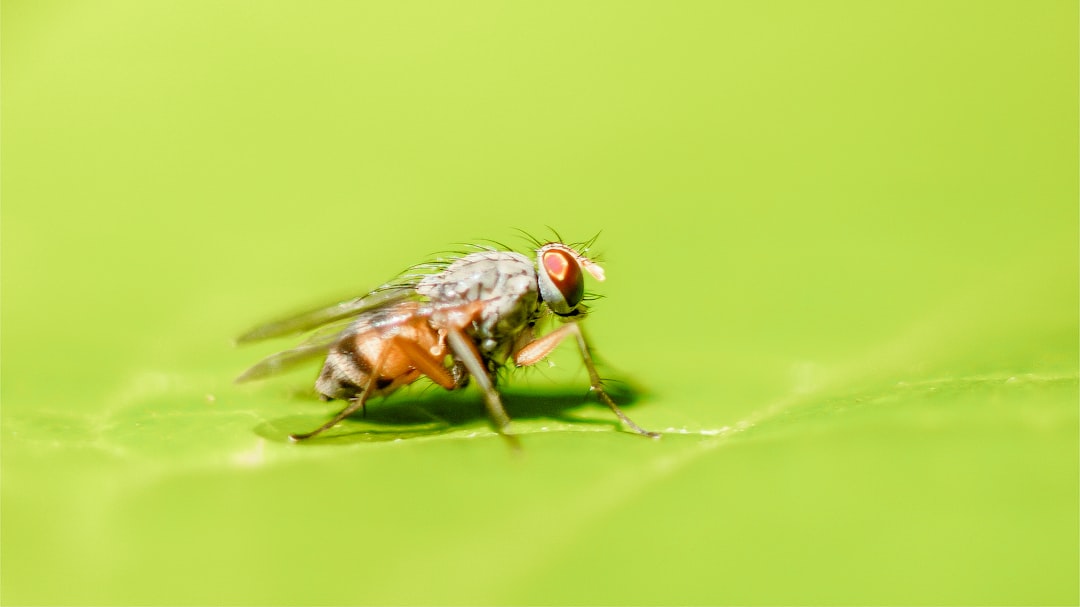What is it about?
We designed a new image analysis pipeline for 3D time-lapse microscopy and applied it to track dividing nuclei in early embryos of the fruit fly Drosophila melanogaster. By comparing diploid wildtype with haploid embryos of the gene mutation maternal-haploid (mh), we discovered that chromosomes in mh (but not wildtype) embryos can collide to give rise to nuclei of higher DNA content. Tracking synchronized nuclei of different karyotypes side-by-side enabled us to demonstrate that nuclear growth and size of interphase scale with DNA content and are inversely correlated with nuclear density. The mh gene encodes the Drosophila homolog of the human Spartan protein and localizes to a compartment of the nucleus referred to as nuclear speckles.
Featured Image
Why is it important?
Live imaging in combination with image quantification provided new biological insights that are relevant beyond flies. For example, nuclear size is also important in pathology, where nuclear morphology is used to grade the malignancy of cancer tissues. While the mechanisms controlling nuclear size remain poorly understood, the predominant view is that cell size dictates nuclear volume, while DNA content does not contribute to nuclear size. Our results contradict this view, since diploid grow faster than haploid nuclei under identical physiological conditions in the same embryo.
Perspectives
I often read about chromosome instability and aneuploidy in the context of cancer. It was fascinating to actually observe karyotype changes in living tissues. Ironically, the same mutation that leads to elimination of chromosomes during fertilization causes an increase of nuclear DNA content through chromosome collisions later in development.
Dr Martin Wasser
BioImagingMW
Read the Original
This page is a summary of:
Quantitative microscopy uncovers ploidy changes during mitosis in live
Drosophila
embryos and their effect on nuclear size
, Biology Open, January 2017, The Company of Biologists,
DOI: 10.1242/bio.022079.
You can read the full text:
Contributors
The following have contributed to this page










